Our Print Processes
Our Print Processes
There are many ways to put ink on paper. But aside from the overwhelming choices between colors, text and designs going round your head, there is a more fundamental decision to make: which printing process is right for your stationery? We’ll walk you through the options here.
Thermography Thermograhy is a raised ink print process, often known as immitation engraving, where the ink is raised using powder rather than a die. Thermography is a cost effective alternative to engraving. |
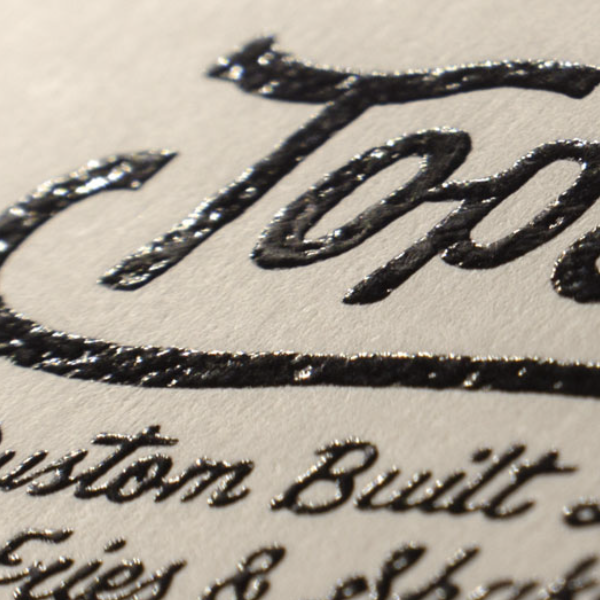 | 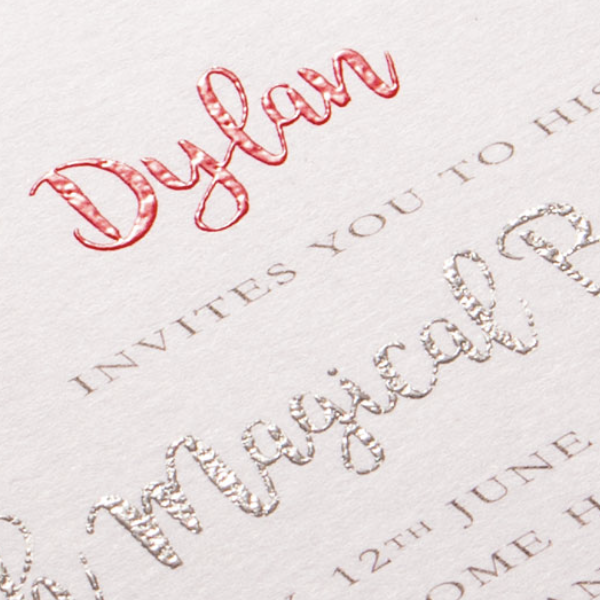 |
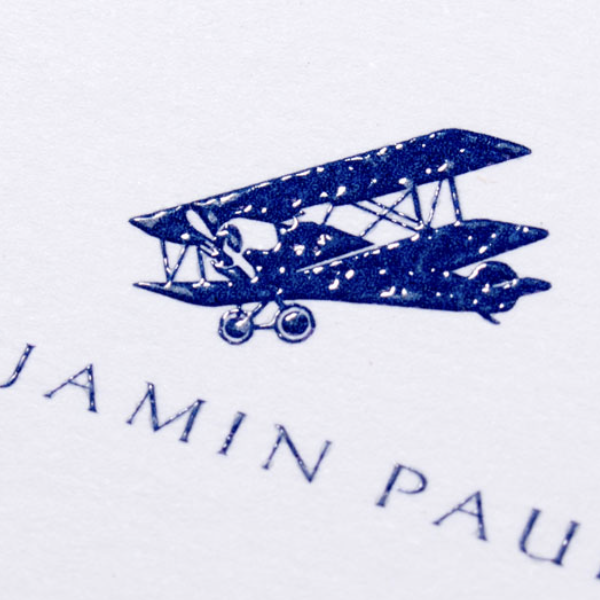 |  |
Engraving Engraving is considered to be the finest print process, and is suitable for all types of stationery. It is easy to tell whether a piece of stationery has been engraved. Just turn it over. If there is an indentation (caused by the pressure from the engraving press) it is engraved. |
 |  |
 | 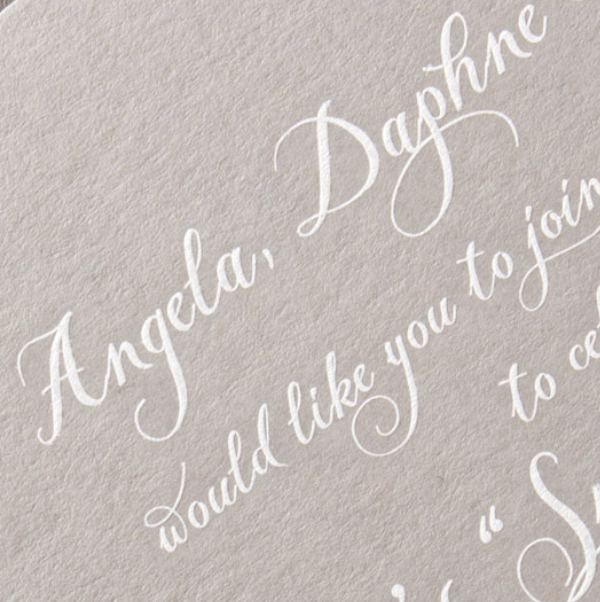 |
Lithography Flat printing which is best suited for large print runs, or where specific pantone colours are required. |
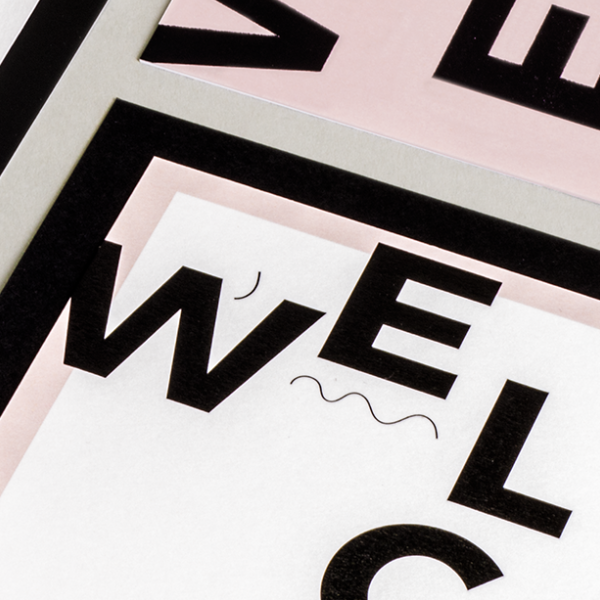 |  |
 | 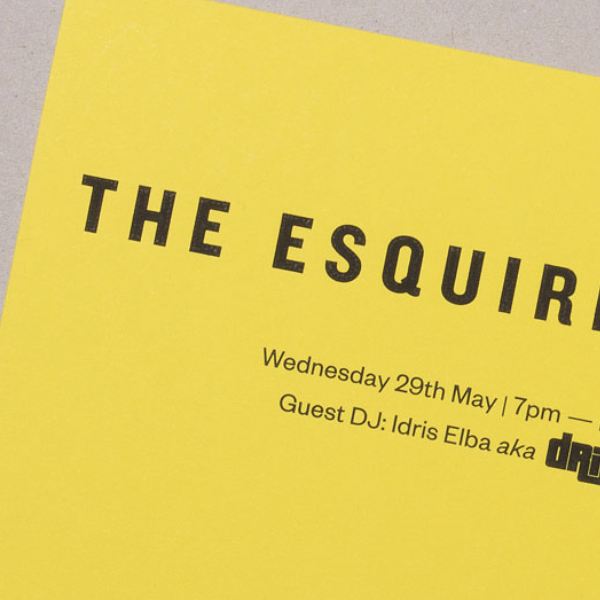 |
Foil Blocking Also known as hot foil stamping, where a die is used to apply foil to the paper/card. An extensive range of colours and finishes are available from pastels to metallics. |
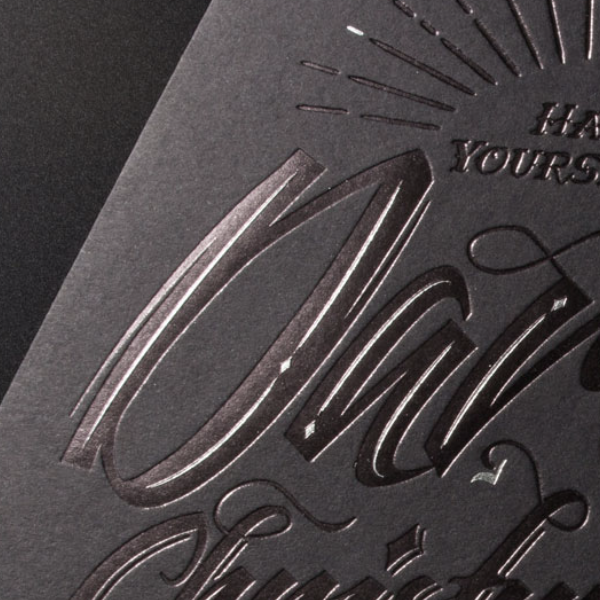 |  |
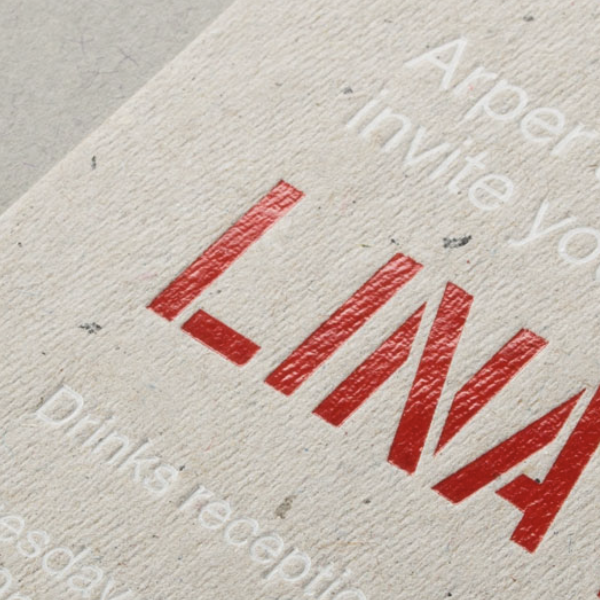 | 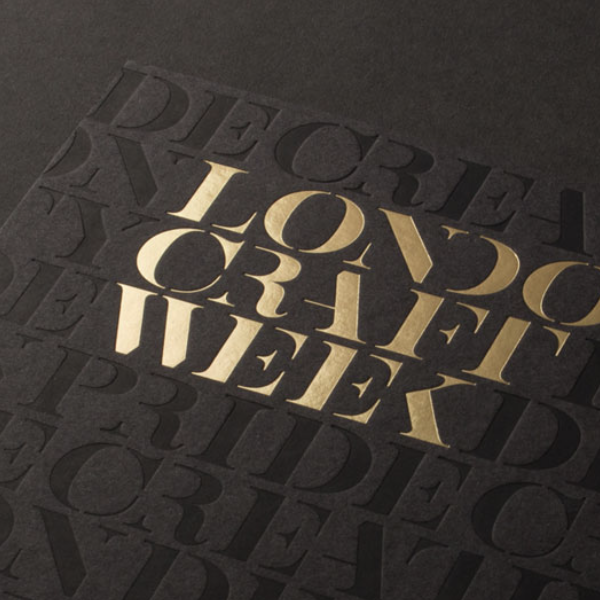 |
Foil Embossing A combination of foiling and embossing using a fluted foiling die. An extensive range of colours and finishes are available from pastels to metallics. |
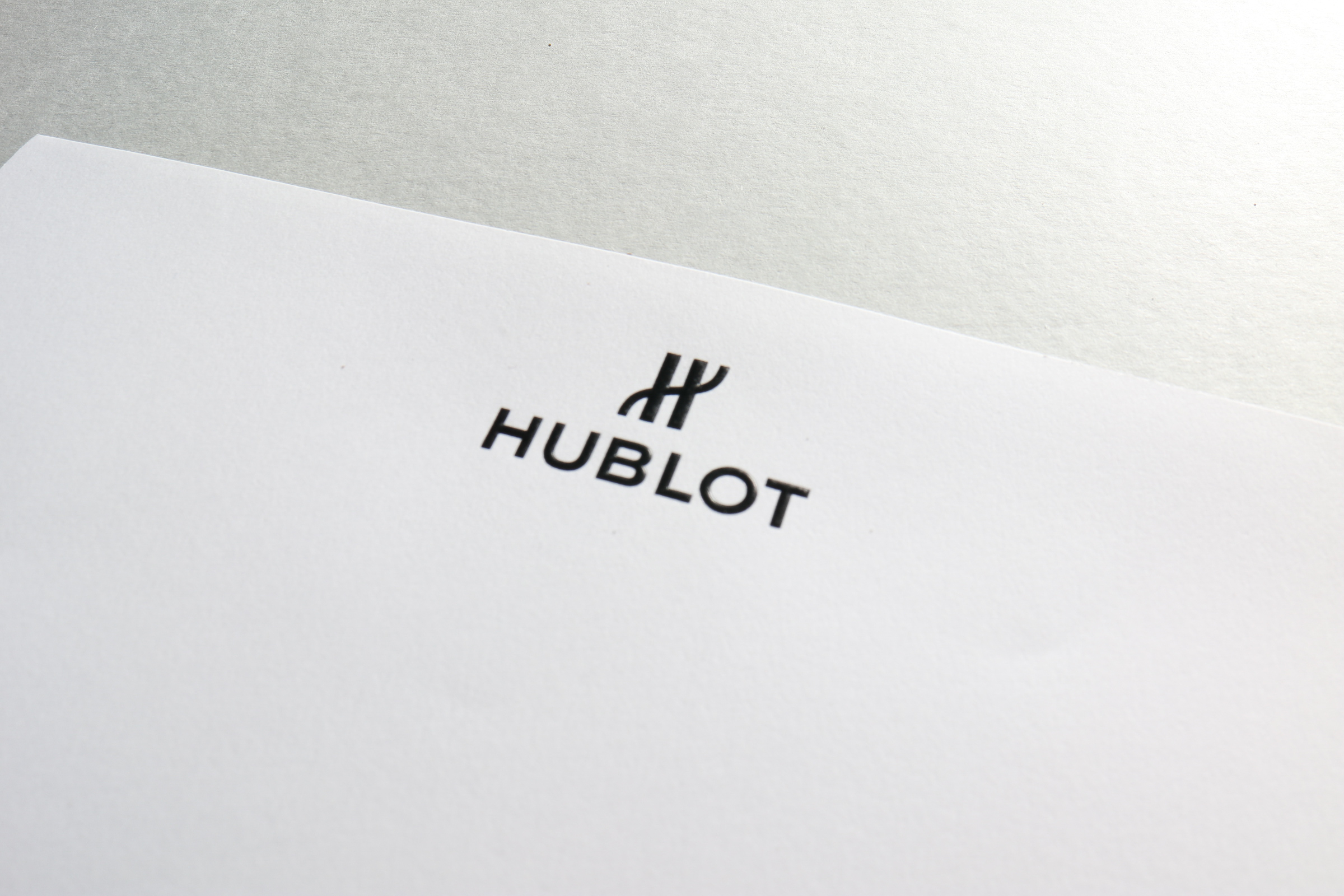 |  |
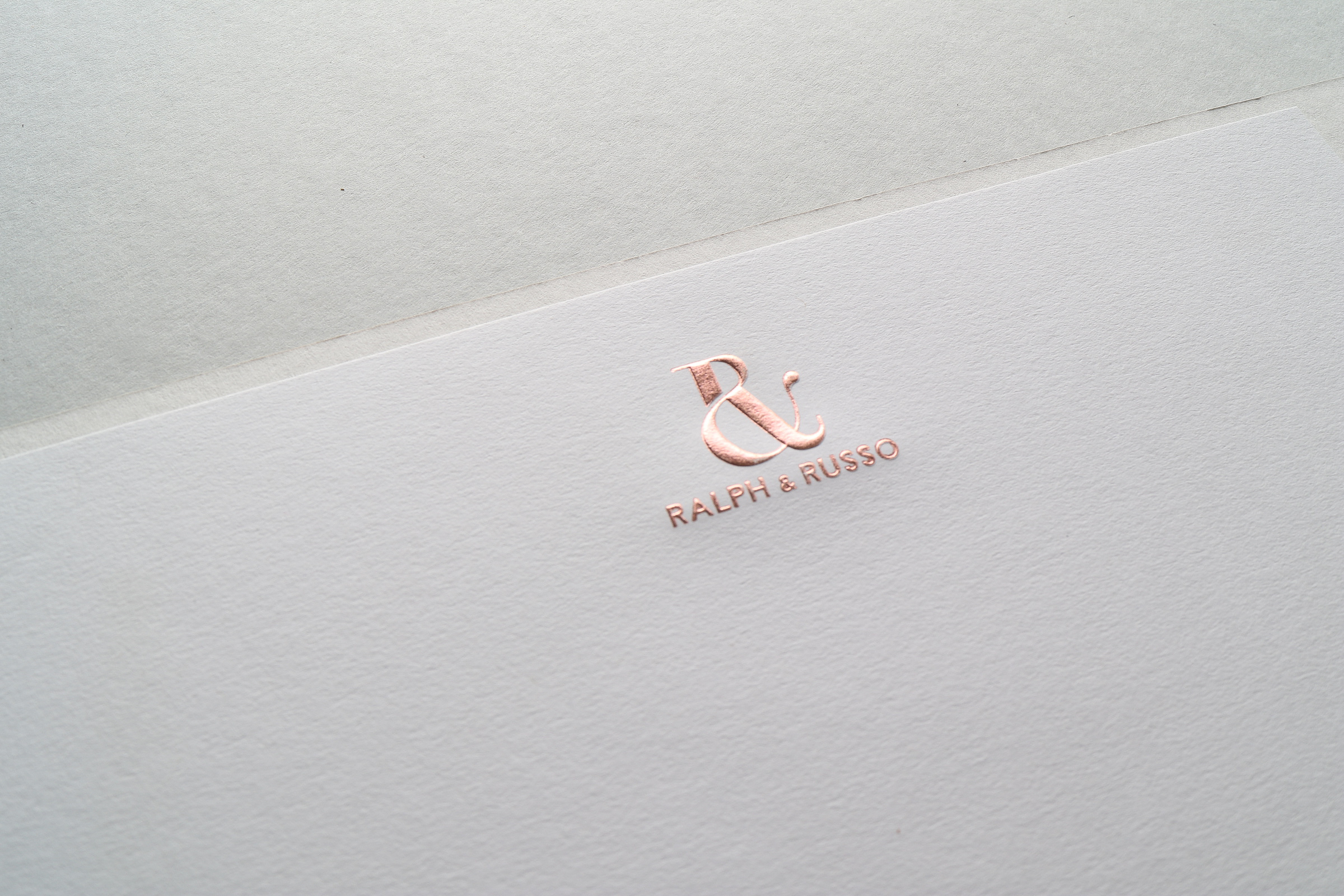 | 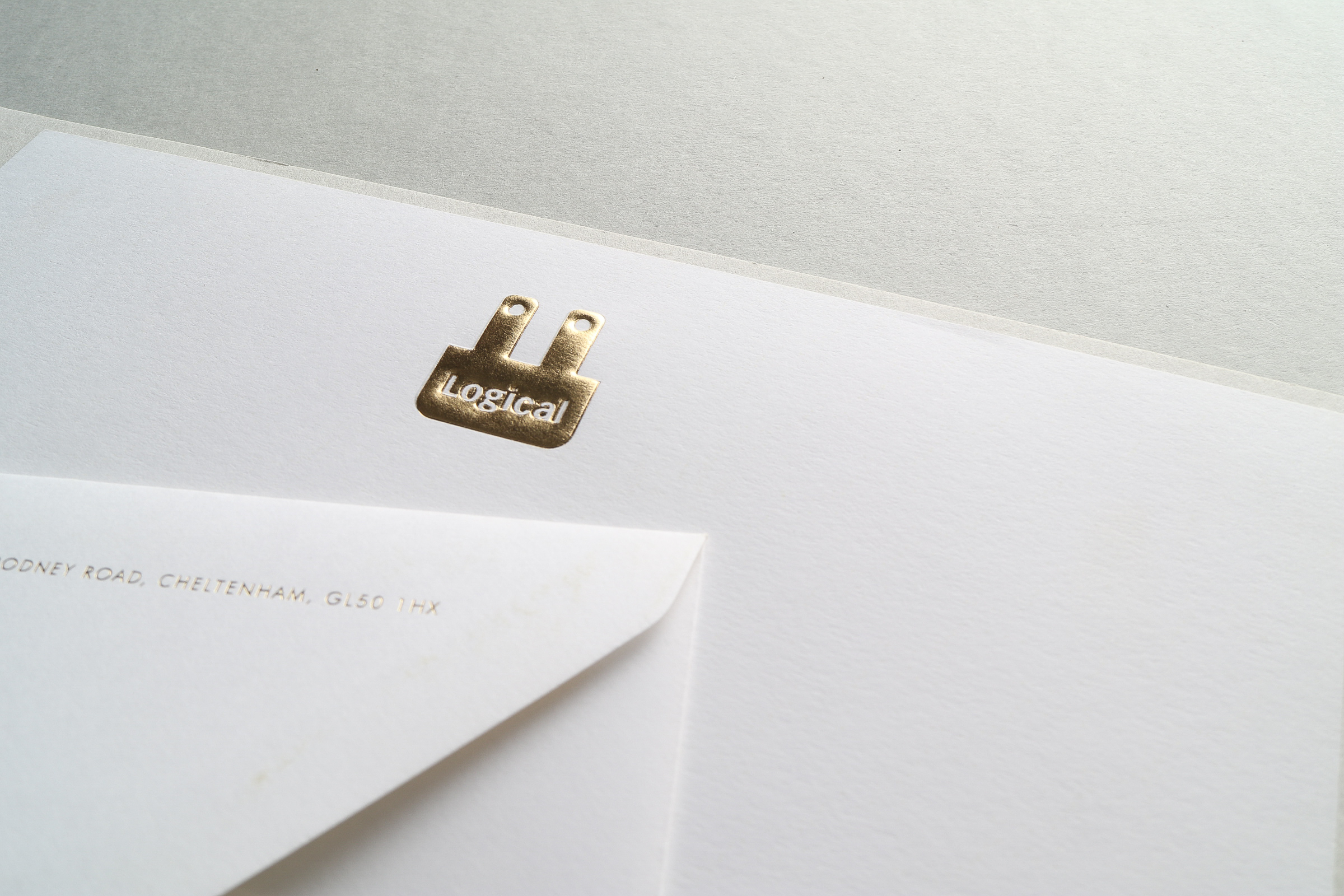 |
Embossing & Debossing A subtle, elegant process where the card/paper is either raised (embossed) or pushed in (debossed) using a die. Similar to the engraving process, however without the use of any ink. |
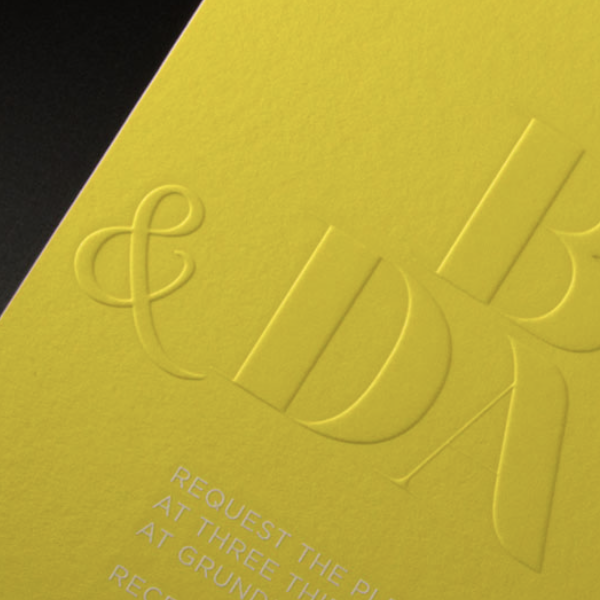 | 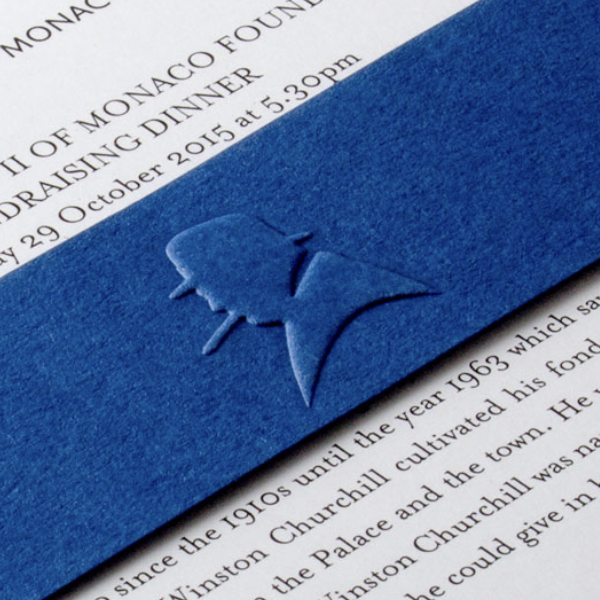 |
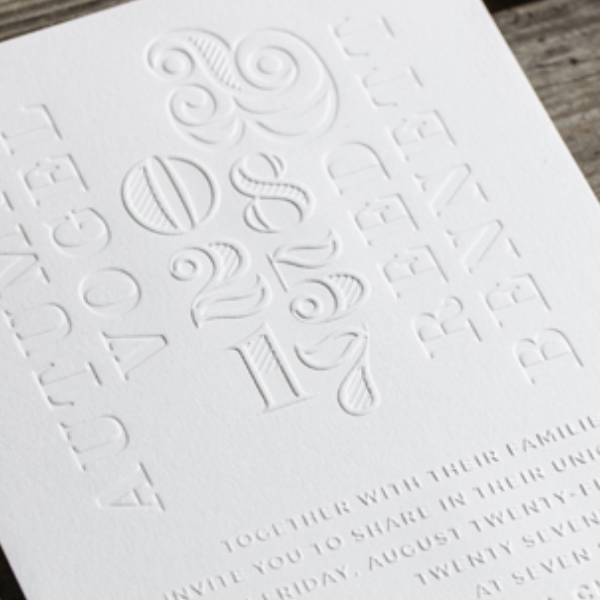 | 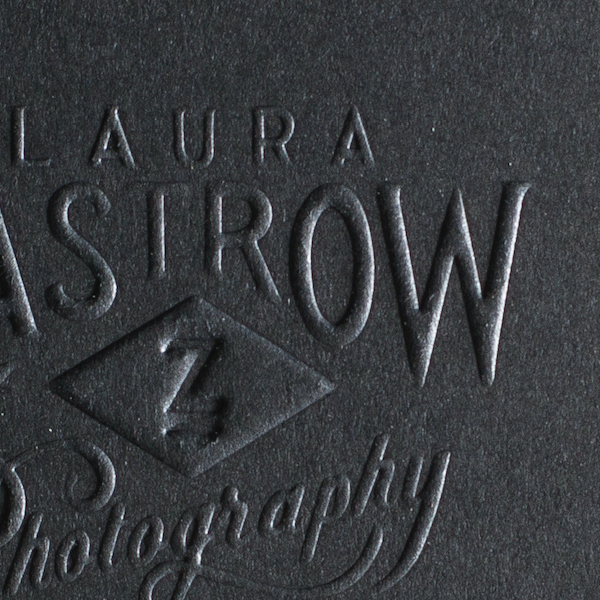 |
Letterpress A debossing process, where Ink is pressed into the card stock. Works best with non-metallic pantone colours. |
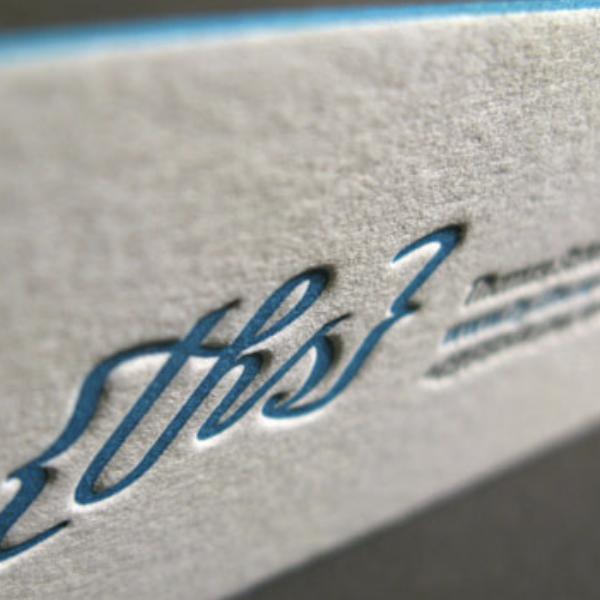 | 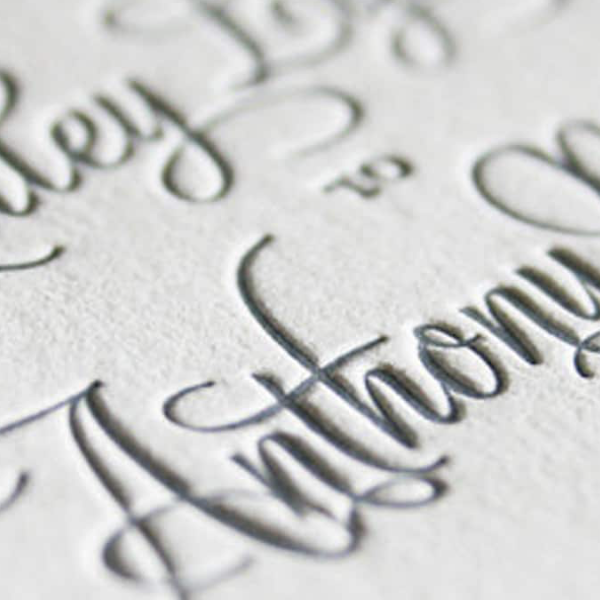 |
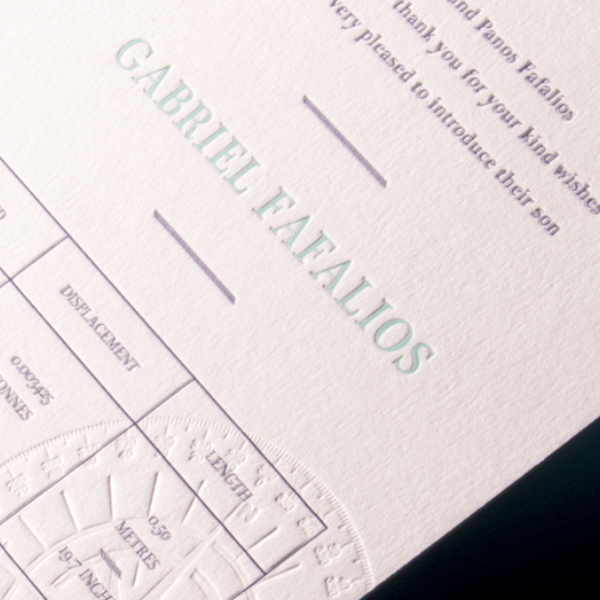 |  |
Gilt & Coloured Edging A great finishing touch - the edges of the card are coloured with either a foil or a pantone colour ink. Works best on thick card. |
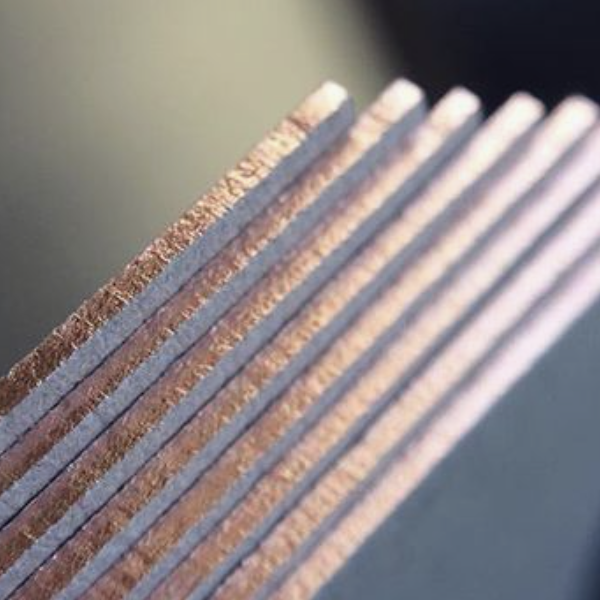 | 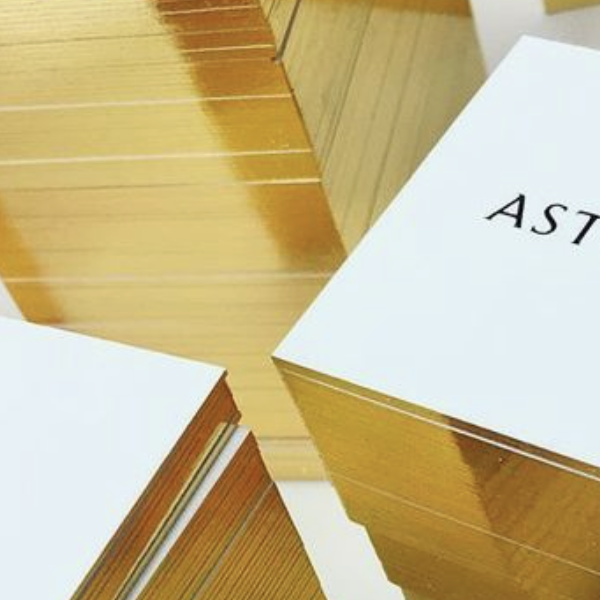 |
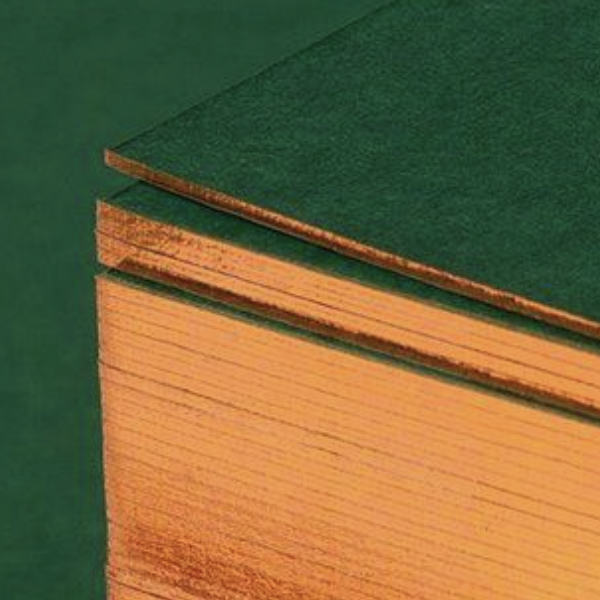 |  |
Die Cutting Die Cutting involves using a specially made cutting knife meaning we can cut cards to a variety of shapes. |
 |  |
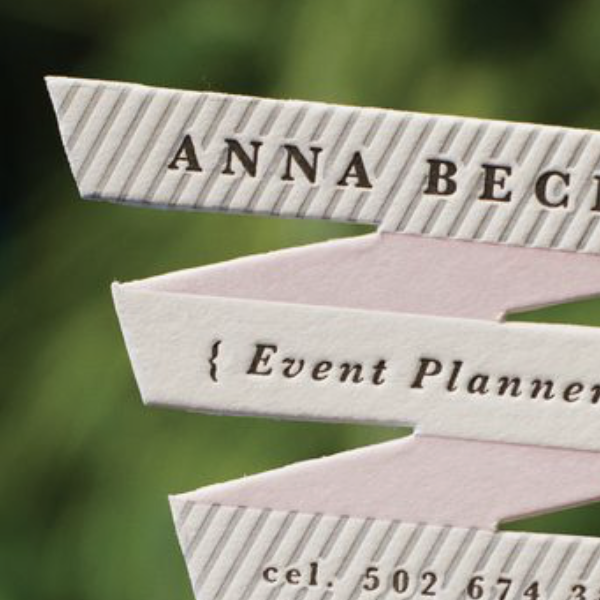 | 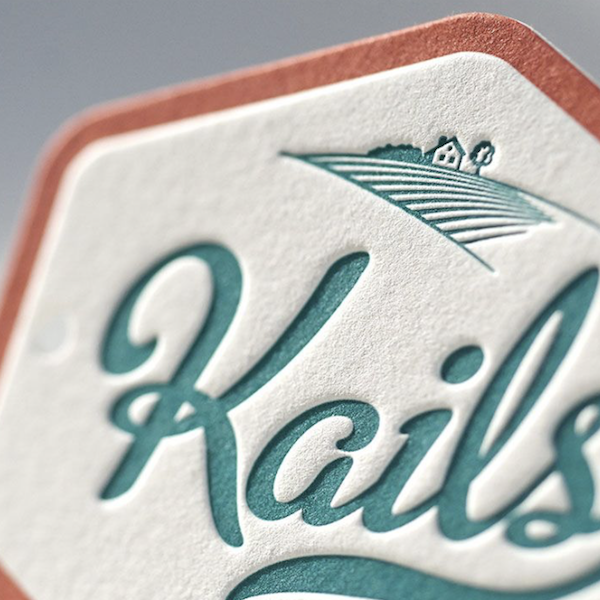 |
Laser Cut Great for intricate detailing on cards or paper, most often used for Wedding Invitations. |
 |  |
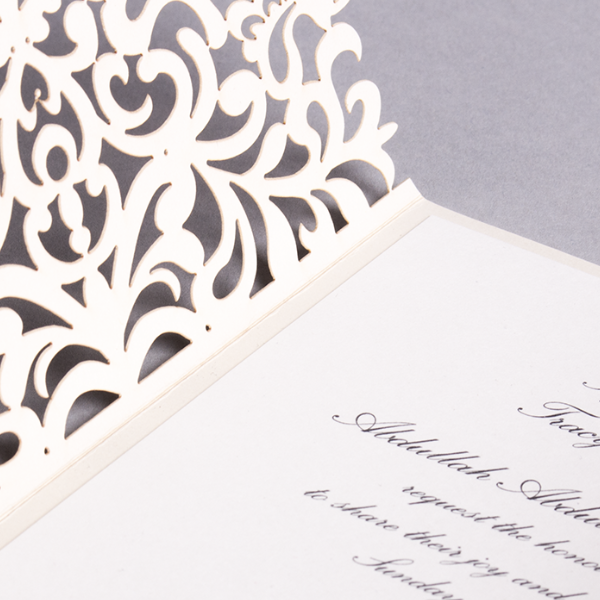 | 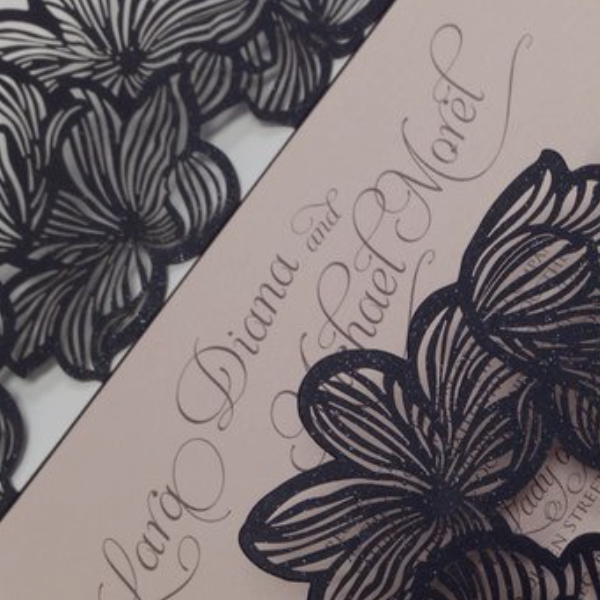 |
Plate Sinking Gives your invitation a frame using a debossing process where an area of the card is 'sunk' so that it sits lower than the rest of the card. |
 |  |
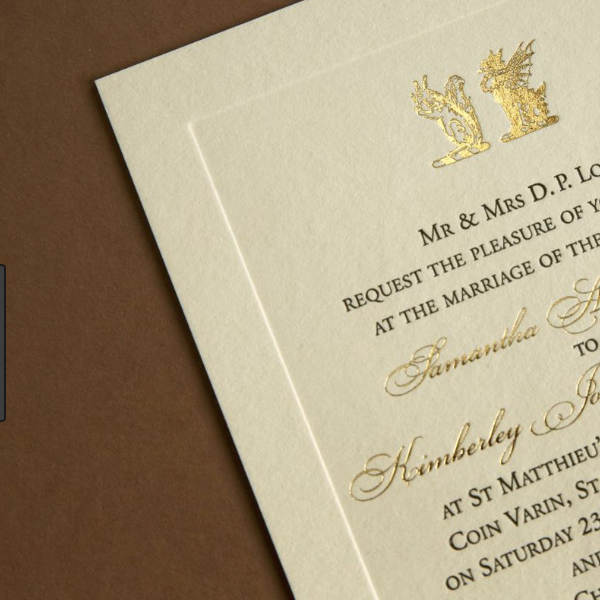 |  |
Duplexing Also called mounting. Where two or more cards are stuck together to increase the thickness/weight of the finished card. Also effective when using different colours on either side, or even a different coloured middle card giving a sandwiched result. |
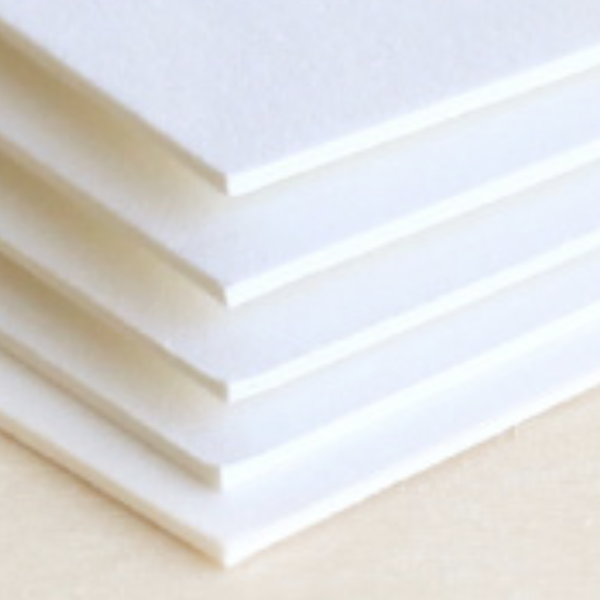 | 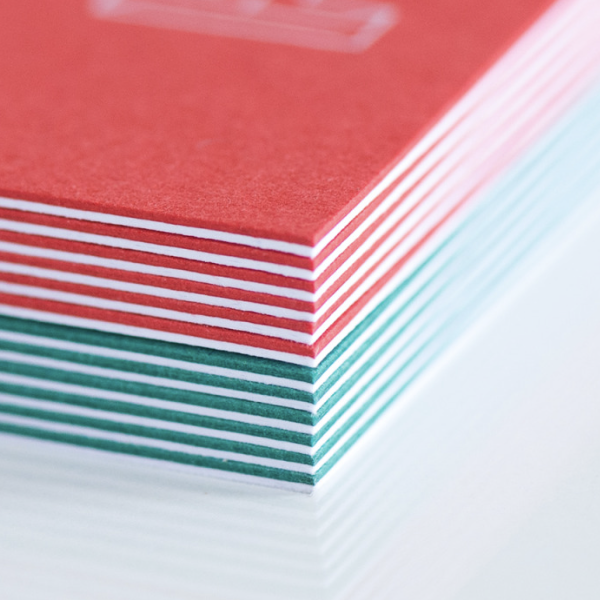 |
 | 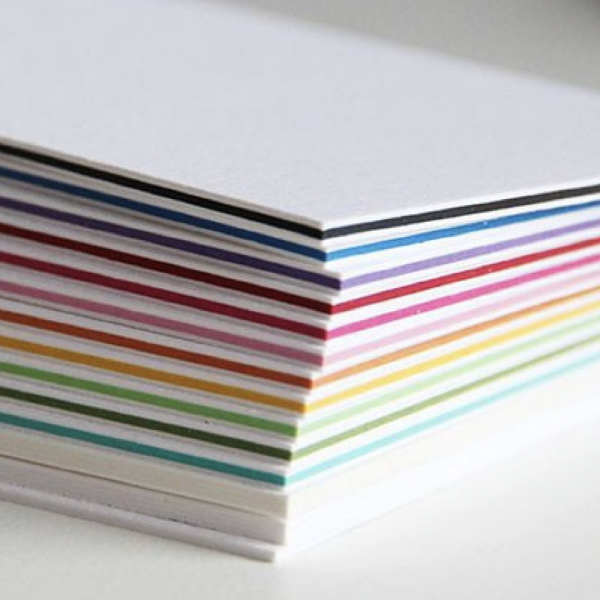 |
Digital Printing Similar to a regular office printer, but ours are professional printing presses, we offer sizes upto SRA3, or a large format print option which can print much larger items. A cost effective option, great for multi colour printing. |
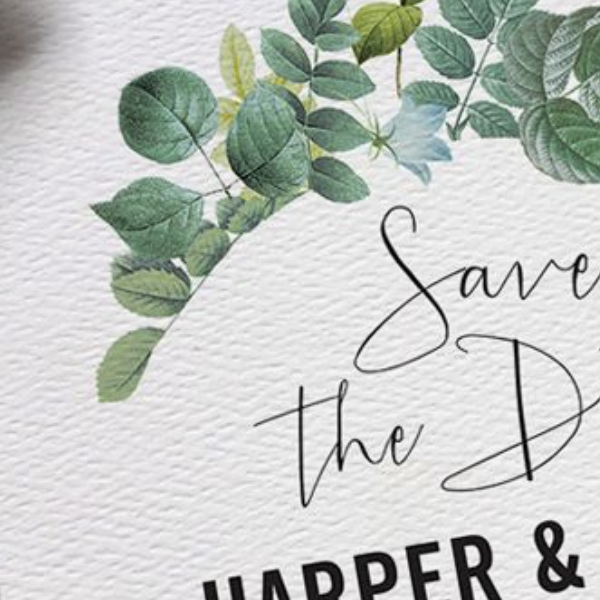 | 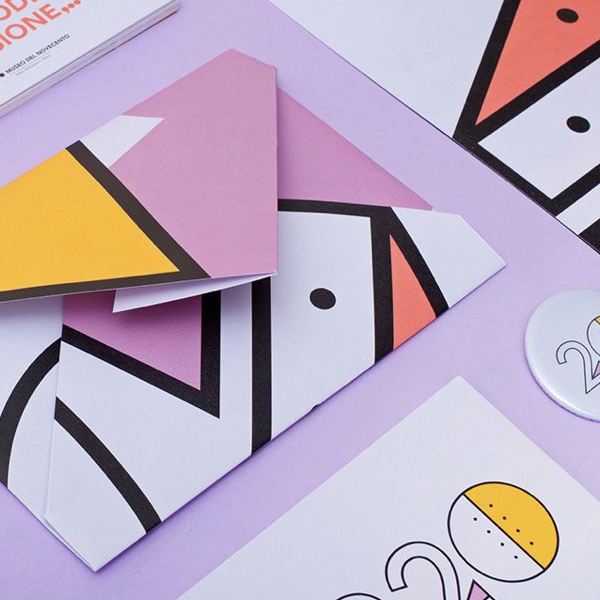 |
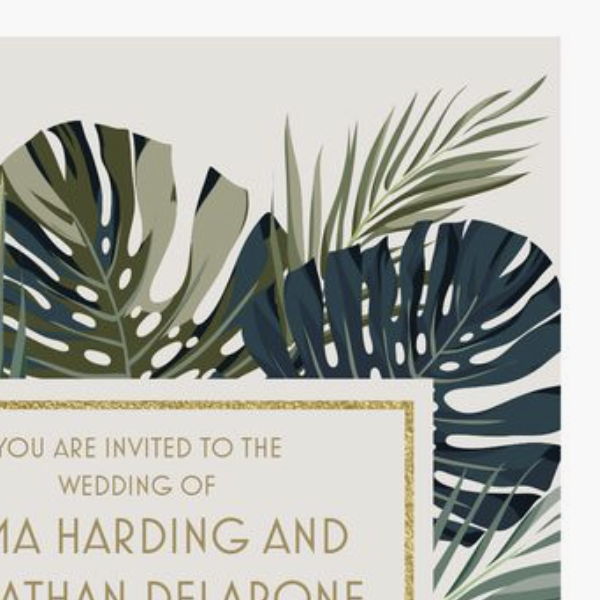 | 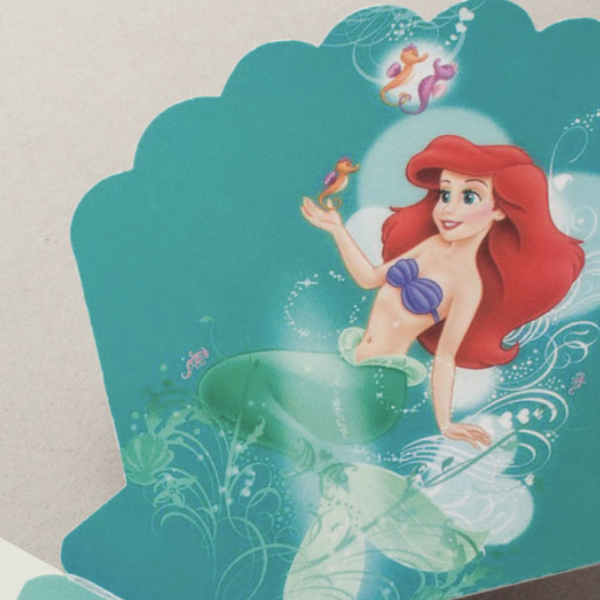 |
White Ink Printing (Digital Printing) Digital printing is our newest method for white ink. This is the most cost effective option and thus most suitable for shorter print runs or when budgets are tight. |
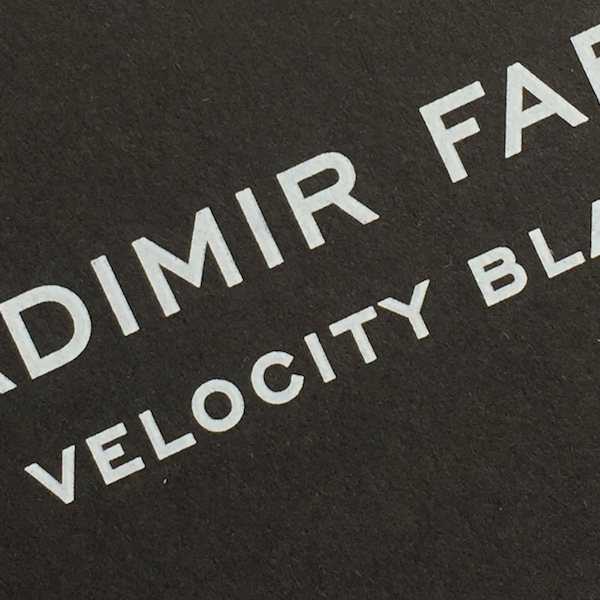 | 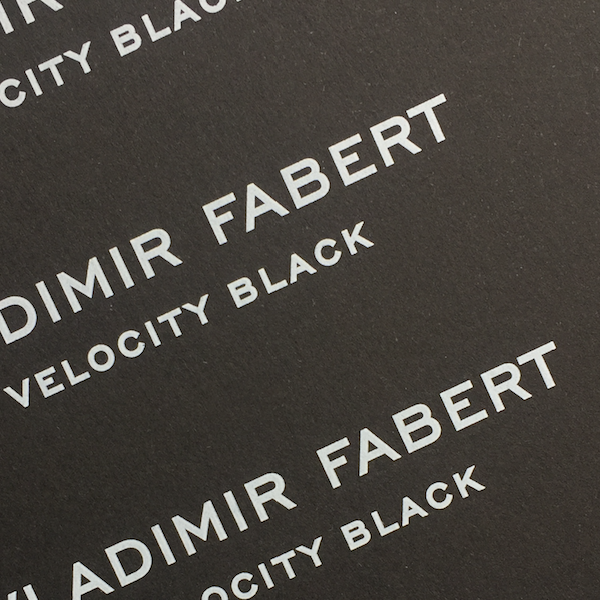 |
Large Format Digital Printing With our large format digital printing facility, we can print up to 913mm (36") in width and at any length, with the additional capability of printing onto sturdy poster board - ideal for table plans. Large format printing is a highly useful print method, and is incredibly flexible in what it can produce and at such high speeds. From high quality printed wedding table plans, to large prints for presentations and other corporate solutions. Our large format printing uses UltraChrome XD pigment ink, which is smudge and water resistant and delivers deep blacks and crisp, dense lines - ideal for technical graphics, and type based design alike. |
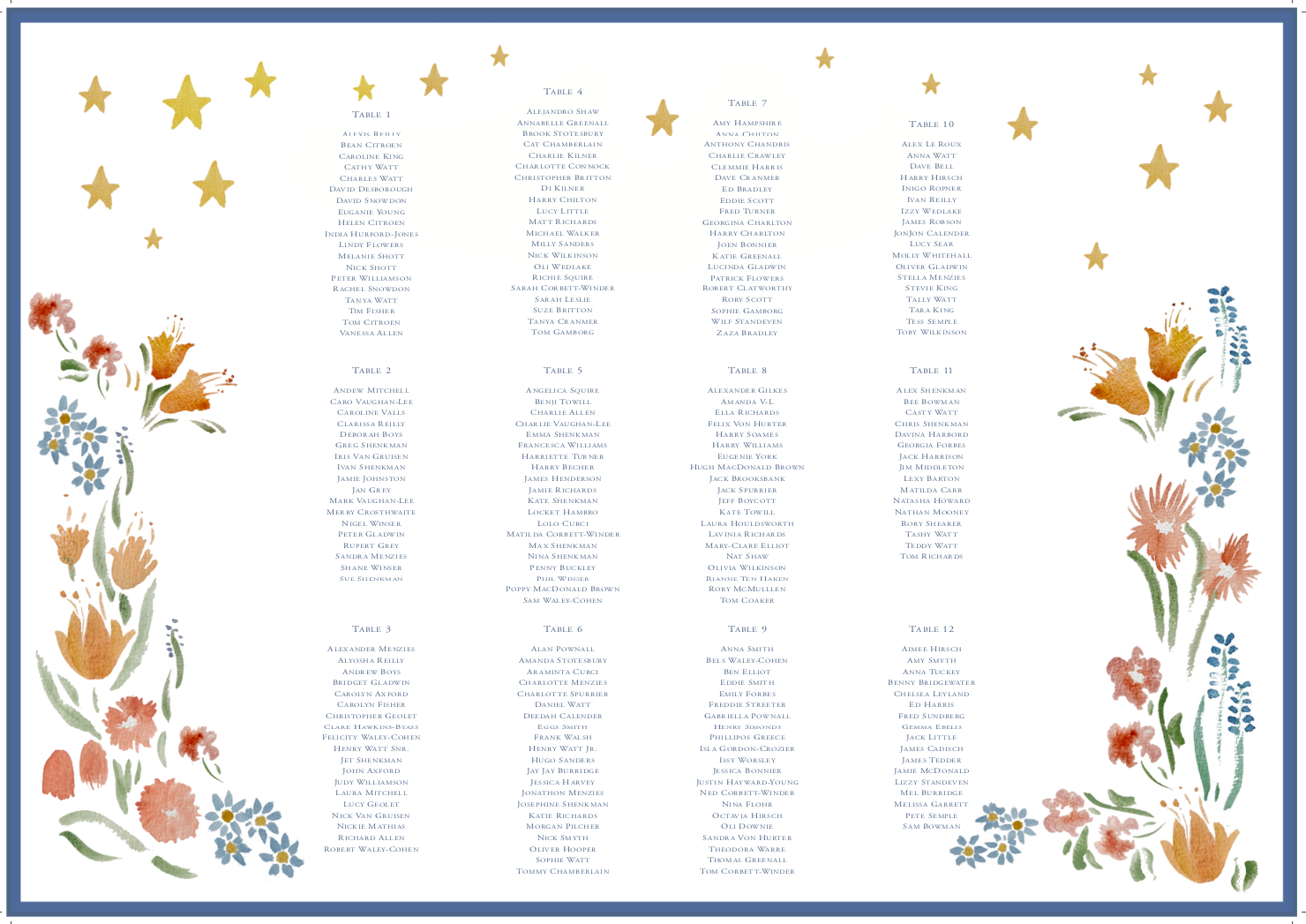 |  |
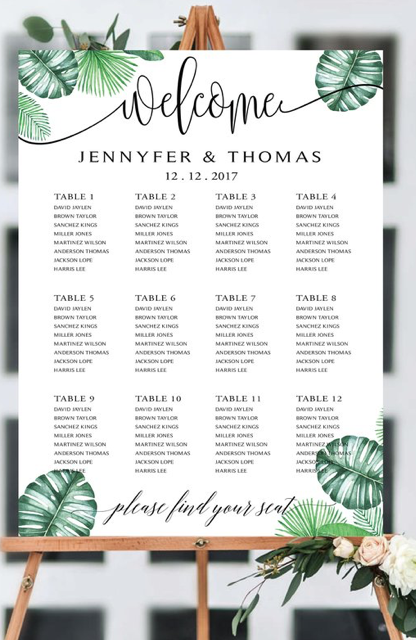 | 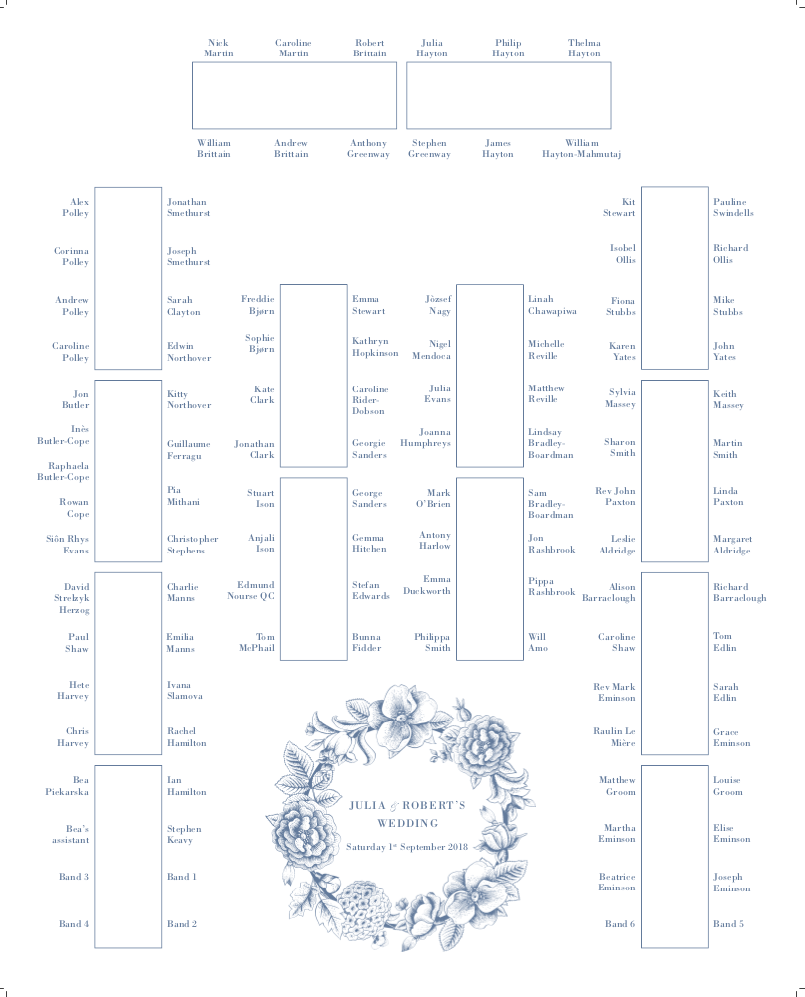 |
